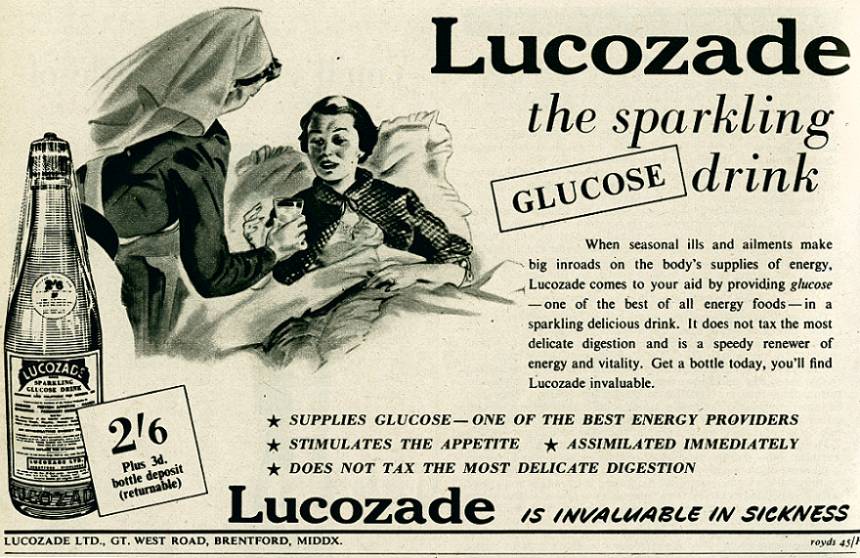Explain how representations in adverts
are constructed, and how they reflect the social and cultural contexts in which
they were made.
Look at Camera, Mise En Scene,
Representation of people, places, themes, emotions…

All in all, there a number of devices which make
use of different techniques and themes in order to make a viewer feel the
emotions of wanting to be in a positive place/holiday.
Camera:
The shot is a level mid shot, as it allows us to get a full
view of the scene. The shot also allows us to see the man becoming the island,
with enough distance to fully showcase the detail. The level shot suggests to
in relation to Old Spice, we are equal and anyone can use it and feel the same
way. People like tropical islands and beaches – the man becoming one after
using Old Spice suggests his smell could create a sense of relaxation and want.
It depicts him as fresh and exotic.
There is a significant level of detail and action
which is happening on the ‘island’. For example, all of the colours contained
on and around him are ones which resemble the whole theme of ‘paradise’ and
create the beach scene within the viewer’s mind. Activities which take place on
the central image include swimming, a volcano and sunbathing, all of which can
be associated with the feelings and emotions associated with being on holiday.
This is a positive experience for most, and provides a ‘lust’ for the viewing audience.
Furthermore, ethnicity of Isiah Mustafa can also make the viewer feel as if
they’re in a completely different place to what they usually are in, and
consists of new and interesting discoveries in a faraway place.
Moreover, there is high-key lighting used for this advert,
which creates an uplifting and positive atmosphere. This could highlight that
everyone should be seen in a positive way and we should all have a positive
outlook on everyone with various ethnicity’s and different cultural backgrounds.
The actor himself is well-known, which ensures that more people would pay
attention to the product and become more intrigued to buy it. It could further
represent and suggest a representation of looking and becoming like Mustafa if
you use the product. If a person has a positive look on the actor, then they
will feel more inclined and happy to purchase the product. A representation of
masculinity and power is shown through the use of the actor.
Also, the text is in white and stands out form the background,
which makes it easier to read and focus on. The use of capital letters states
importance of the product and reinforces to notion to purchase it and try it
out.
In conclusion, through the use of humour, we see Mustufa’s mocking
confident facial expression which every man could aspire too be like. So could
also show that with this scent you will not only look like him but smell and
gain the personality too.




